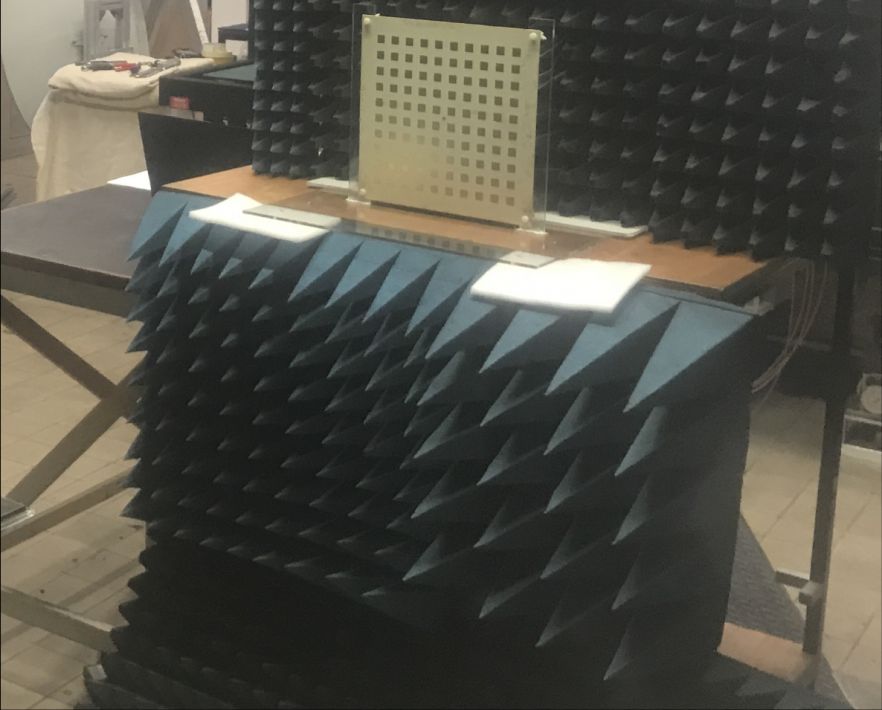Beaming Solar Power from Space
Prof Xiaodong Chen is leading an ambitious development to revolutionise the field of space-based solar power (SBSP) and pave the way for a more sustainable and efficient energy future. Queen Mary University of London's project, in collaboration with BSC Associates Ltd, is developing a space-based solar power (SBSP) wireless power transmission (WPT) system that surpasses the current state-of-the-art by using advanced technological innovations in transmitting antenna arrays and rectenna devices.
SBSP promises a number of benefits over terrestrial solar power generation. In space, the sun’s light is much more abundant and intense, and solar power can be generated without interruption by weather conditions or the day-night cycle. The right wireless technology could also transmit power wirelessly to any point on Earth.
The project will prove the feasibility and demonstrate the benefits in wireless power transmission (WPT) of a full digital phased array transmitter. A phased array is a system of multiple antennas that work together, enabling the beam to be directed and focused in a desired spot.
The team will also demonstrate high Radio Frequency (RF) to DC conversion efficiency in an offset-fed reflector-based rectenna, which plays a vital role in capturing and converting the transmitted energy. A rectenna is a specialized device that combines a rectifier and an antenna, which converts high-frequency electromagnetic waves into direct current (DC) electricity.
The project will also explore the integration of the reflector rectenna with solar panels to enhance overall power generation capabilities at ground sites.
To validate the concepts and technologies, the team plans to build a small-scale WPT demonstrator using digital beamforming technology. This will serve as a crucial step in verifying the effectiveness of the proposed novel phased array transmitter and the high-efficiency reflector rectenna.


A digital beamforming transmitter
- More information: Centre for Electronics and Project to beam power from space
- Contact: Prof Xiaodong Chen

